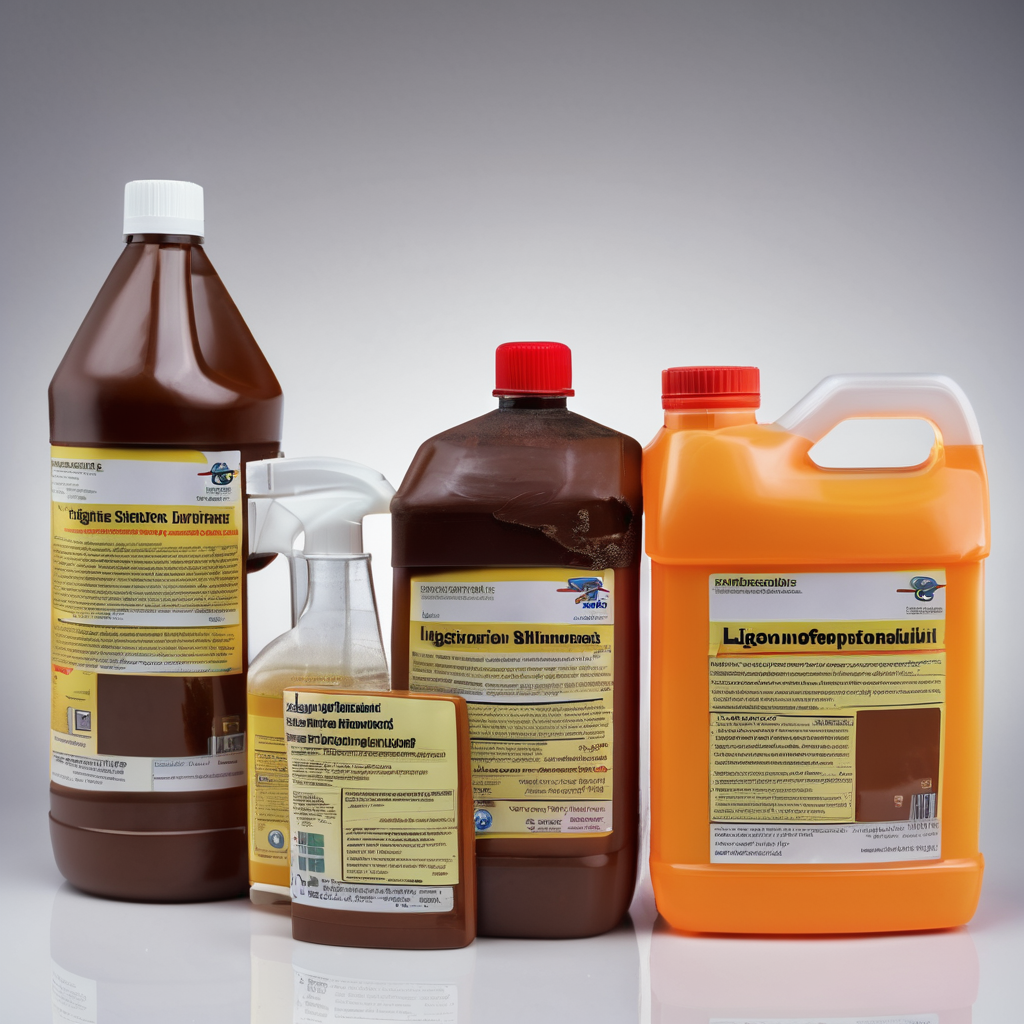In general, lignosulfonates, including calcium lignosulfonate, are considered relatively low in hazard and toxicity. However, there are some potential hazards and considerations to be aware of:
- Environmental hazards:
- Excessive or improper use of lignosulfonates in water bodies can lead to eutrophication and disruption of aquatic ecosystems.
- The complexation of metal ions by lignosulfonates can alter the bioavailability and cycling of these nutrients, potentially impacting aquatic life.
- Concerns have been raised about the potential for bioaccumulation or persistence of lignosulfonate compounds in soil, sediments, or groundwater.
- Toxicity concerns:
- While lignosulfonates are generally considered low in toxicity, there is limited long-term research on the potential toxic effects, especially at high concentrations or in sensitive environments.
- Some studies have suggested potential toxic effects on certain aquatic organisms, such as fish and zooplankton, depending on the exposure levels.
- pH sensitivity:
- The effectiveness and properties of lignosulfonates are highly dependent on the pH of the water or soil.
- In acidic or highly alkaline environments, the complexation and dispersant properties of lignosulfonates may be diminished, potentially leading to unexpected consequences.
- Compatibility and interactions:
- Lignosulfonates may interact with other chemicals, such as coagulants, flocculants, or fertilizers, potentially affecting the overall performance and efficiency of the treatment process or agricultural application.
- Careful monitoring and assessment of these interactions are essential to ensure the safe and effective use of lignosulfonates.
- Occupational exposure:
- During the manufacturing, handling, or application of lignosulfonates, workers may be exposed to dust or aerosols, which can potentially cause respiratory irritation or sensitization.
- Proper personal protective equipment (PPE) and engineering controls are recommended to minimize occupational exposure.
To mitigate the potential hazards of lignosulfonates, it is crucial to follow the recommended guidelines, industry standards, and environmental regulations when using these compounds. Careful consideration of the specific application, dosage, and environmental conditions is necessary to ensure the safe and sustainable use of lignosulfonates.
Overall, while lignosulfonates are generally considered low in hazard, responsible and informed use is essential to minimize any potential adverse effects on the environment and human health.

